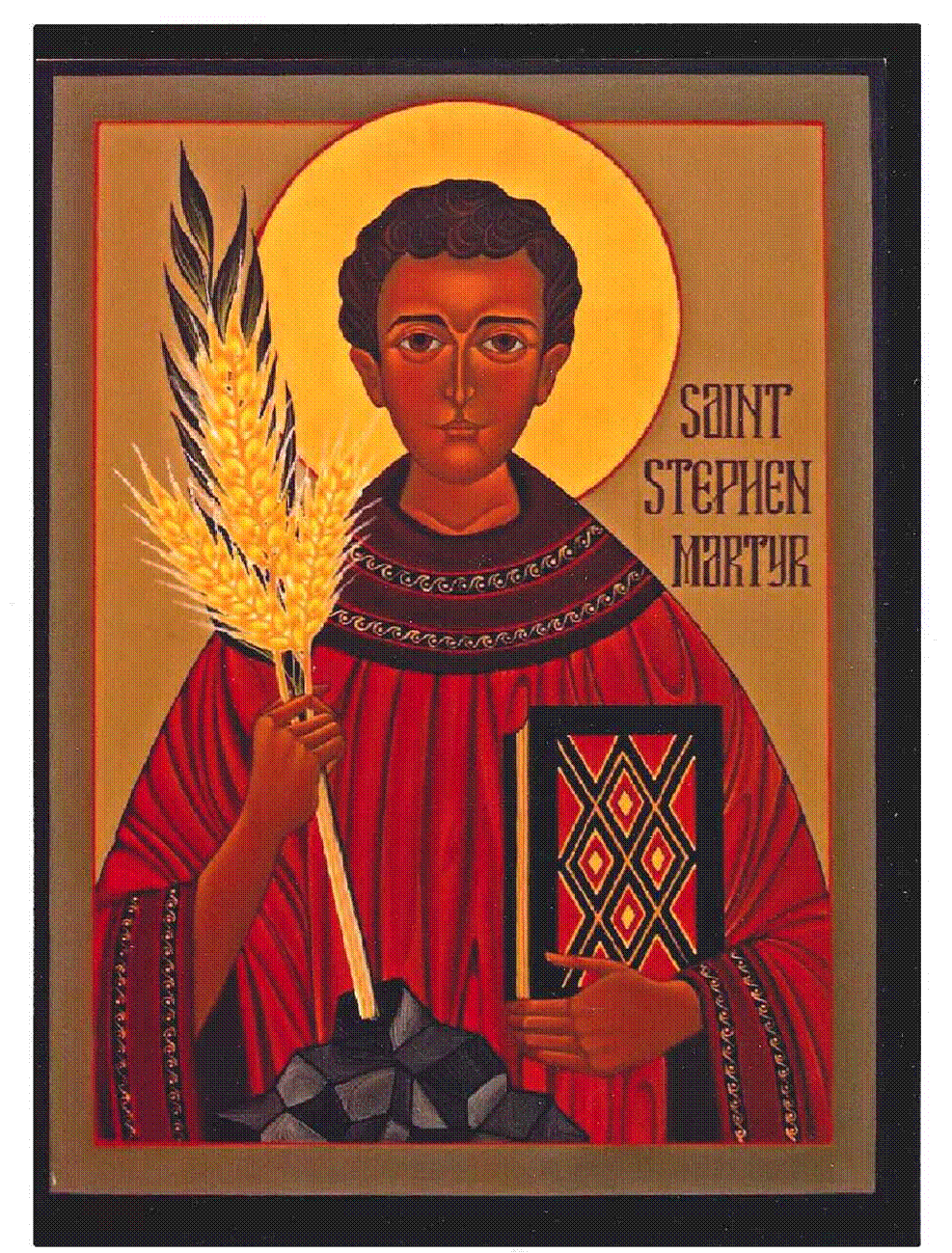On the Fifth Day...

Reformation doesn’t happen quietly.
Martin Luther’s Reformation began as a war of words. Those words, those ideas, took hold across Europe.
Switzerland
At the same time Luther was starting his push for change in the Roman Catholic Church, Ulrich Zwingli was making similar arguments in Switzerland. He preached against fasting during Lent. He denounced corruption among the clergy. He rejected the veneration of saints. His teachings formed a strong basis for the Reformed church, which was furthered by the work of John Calvin.
His greatest disagreement with Martin Luther was over the issue of the true presence of Christ in the Eucharist.
Zwingli’s teachings weren’t universally accepted in the federation of cantons that formed Switzerland, and the divisions at one point brought Switzerland to the brink of civil war.
John Calvin became the predominate religious leader in Switzerland after Zwingli’s death in 1531. Calvin’s conservative teachings took hold in many other European nations.
Scotland
Reformers gained a strong foothold in this Catholic nation when Mary Queen of Scots took full possession of the throne after her mother’s death in 1560. Mary remained in France but gave the Scottish parliament permission to meet and act, as long as religious issues remained under her control. The reformers, led by Calvinist John Knox ignored that last part and passed laws abolishing the authority of the Roman Catholic Church. Reformers ultimately gained control of the throne after Mary was imprisoned by Queen Elizabeth I of England.
England
England’s reformation was a bit more tumultuous, and governed less by religious fervor than a desire for power.
In 1521 King Henry VIII denounced Martin Luther’s writings, earning him the papal honor of being named Defender of the Faith. By the end of the decade Henry found himself hobbled by religious rules that complicated his married life and possible succession. He needed to break with the Catholic Church.
The Reformation Parliament (1529-1534) obliged by removing the legal privileges of clergy, eliminating recognition of papal authority, eliminating payments to Rome, and making Henry VIII head of the Church of England.
While Henry led the English church in breaking from Rome, he never fully reconciled with the teachings of Martin Luther. The Church of England continued to observe the practices and teachings of transubstantiation, withholding the wine cup for lay people during communion, clerical celibacy, clerical vows of chastity, the holding of private masses, and private confession.
Henry VIII oversaw the dissolution of 625 monasteries, convents and churches, bringing their lands and money into his coffers. Many of the buildings became schools, or were turned over to nobles to become Tudor mansions. Others were reduced to rubble through deliberate destruction or neglect.
The decades after Henry VIII brought battles between Catholics and Protestants. Young Edward VII squelched Catholicism by declaring the first book of Common Prayer as the only lawful form of public worship in 1549.
Queen Mary brought back Catholicism and persecuted Protestants, earning her the name “Bloody” Mary.
In 1556 Queen Elizabeth I took the throne. She had little patience for the extremists who tried to rid the church of music and art. She was faithful to the protestant church in which she had been raised, but practiced and urged tolerance of other faiths in the name of peace and unity of the country. Anti-Catholicism was sometimes so strong that tolerance failed.
Almost 100 years after the posting of the 95 Theses King James 1 of England was still battling to control violent differences between Protestants and Catholics.
France
The first Protestant church in Paris was formed in 1555, almost 40 years after the posting of the 95 Theses.
The fight between France' Catholics and Huguenots was long and ugly. Huguenots followed the more conservative teachings of John Calvin. Protestantism gained a following among the common people of France. Calvinism in particular had a following among the nobility of France, creating tension with the Catholic monarchy.
The French Wars of Religion, 1562-1598, resulted in the deaths of 3 million people. By the end of the war, Henry IV was in power. He was raised a Protestant, but converted to Catholicism, and gave the French Huguenots rights and freedoms in the country.
Italy, Spain, Austria
Italy, Spain and Austria remained relatively unscathed in the early years of the Reformation. There were pockets of protest against the Catholic Church, but the church held such power in these areas that the reformation never spread very far.
For the first century of the Reformation the Catholic Habsburg family ruled over Austria and kept religious control. The Vatican and its troops maintained control in Italy. In Spain the Inquisition had been at work for 40 years converting Moors and Jews. They knew how to deal with dissension.
Scandinavia, Netherlands
The Netherlands, Denmark, Sweden and the other Scandinavian countries adopted Lutheranism within 20 years of the posting of the 95 Theses upon order of their royalty who had become Lutherans.
All of these nations struggled in their own ways to come to grips with the religious and power issues that came about as a result of the Reformation.
A century after the posting of the 95 Theses, these issues came to a multi-national crisis when the new Holy Roman Emperor, Ferdinand II, attempted to impose Catholic religious uniformity on his domains. The northern Protestant areas banded together, and the result was the Thirty Years’ War (1618-1648) which resulted in the deaths of eight million people throughout Europe. What started out as a fight for religious freedom ended up as a war for power and created a new balance of power in Europe with the decline of the Austrian Habsburgs and rise of France.
- Ann Warner












